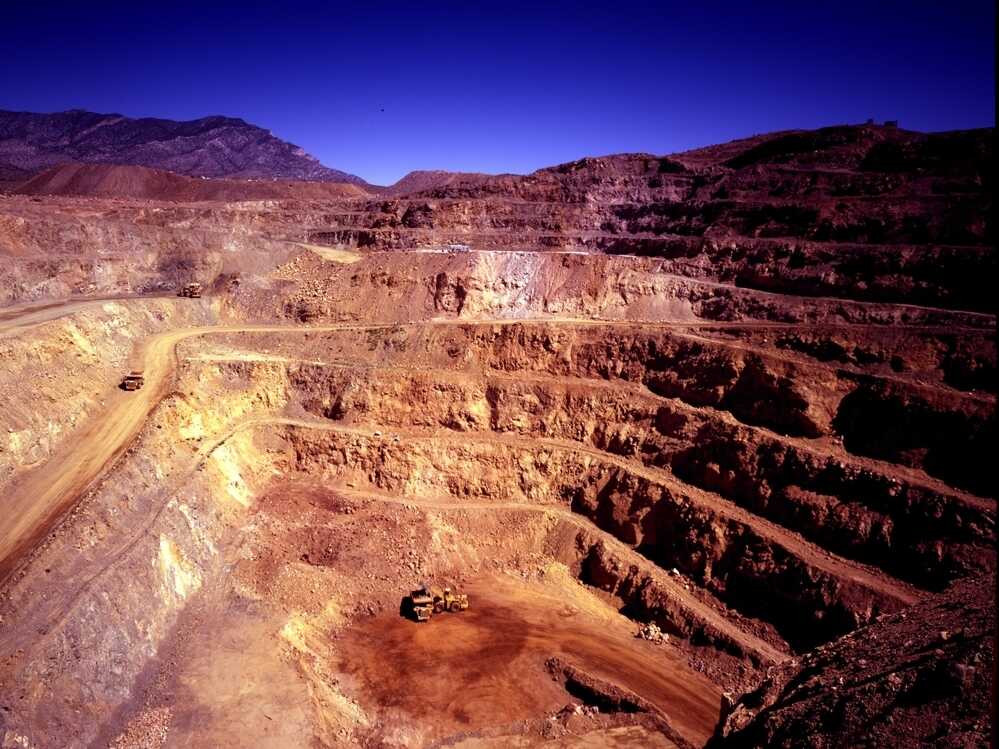Unveiling the Dark Side: Exploring the Worst Types of Mining

The open pit mine at Molycorp Minerals' rare earths mining and processing facility in Mountain Pass, Calif. The mine is expected to produce 40,000 tons of rare earth minerals each year after a $500 million expansion project.
Mining is a crucial industry that plays a significant role in global economic development. However, not all mining practices are created equal. In this blog post, we will delve into the dark side of mining and explore the worst types of mining. From environmental degradation to human rights violations, these practices have far-reaching consequences that need to be addressed.
- Open-pit Mining:
Open-pit mining, also known as strip mining, involves the extraction of minerals or ores from the earth's surface. While it is a cost-effective method, it often leads to severe environmental damage. The excavation of large areas disrupts ecosystems, destroys habitats, and pollutes water sources. Additionally, the disposal of waste rock and tailings can contaminate surrounding areas, posing long-term risks to both human health and the environment. - Mountaintop Removal Mining:
Mountaintop removal mining is a highly controversial practice primarily used for coal extraction. It involves the removal of mountaintops to access coal seams underneath. This process not only alters the landscape irreversibly but also results in the destruction of forests, streams, and wildlife habitats. The excess soil and rock are typically dumped into nearby valleys, leading to the contamination of waterways and increased risk of flooding. - Deep-sea Mining:
Deep-sea mining is an emerging industry that aims to extract minerals from the ocean floor. While it holds potential for accessing valuable resources, it poses significant risks to marine ecosystems. The extraction process involves disturbing fragile habitats, such as deep-sea corals and hydrothermal vents, which are home to unique and vulnerable species. Furthermore, the sediment plumes generated during mining operations can have detrimental effects on marine life, including reduced oxygen levels and smothering of organisms. - Artisanal and Small-scale Mining (ASM):
ASM refers to informal mining activities carried out by individuals or small groups, often in developing countries. While ASM plays a vital role in poverty alleviation and local economies, it is associated with numerous challenges. Lack of proper regulations and oversight can lead to unsafe working conditions, child labor, and exploitation. Moreover, ASM frequently occurs in environmentally sensitive areas, leading to deforestation, water pollution, and soil degradation.
Conclusion:
Mining is a complex industry with various types of operations, each with its own set of impacts. However, it is crucial to recognize and address the worst types of mining practices to ensure a sustainable future. By promoting responsible mining techniques, implementing stringent regulations, and investing in alternative technologies, we can mitigate the negative consequences and strive for a more environmentally and socially responsible mining industry.




